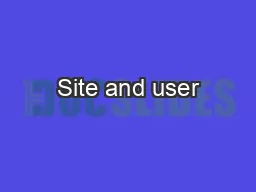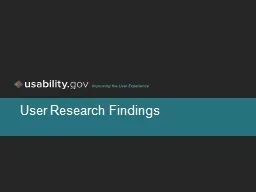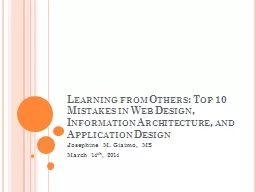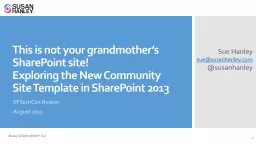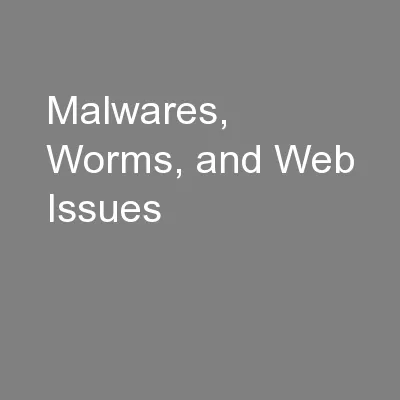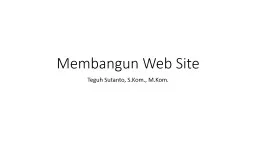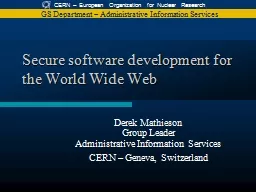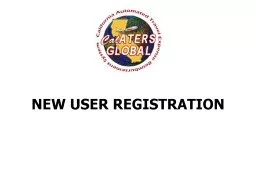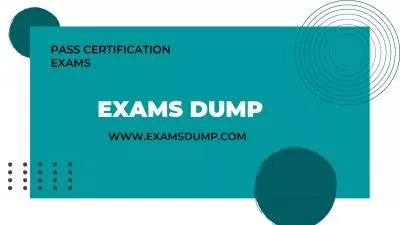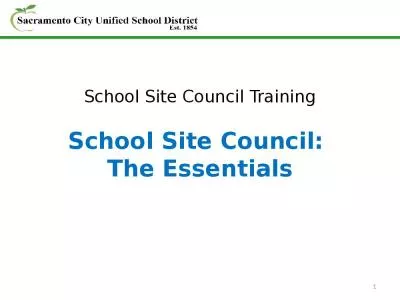PPT-Site and user
Author : tatyana-admore | Published Date : 2016-03-23
s ecurity concerns for real time content serving Chris Mejia IAB Sean Snider Yahoo Prabhakar Goyal Microsoft Agenda Introduction what is IAB Use case SafeFrame
Presentation Embed Code
Download Presentation
Download Presentation The PPT/PDF document "Site and user" is the property of its rightful owner. Permission is granted to download and print the materials on this website for personal, non-commercial use only, and to display it on your personal computer provided you do not modify the materials and that you retain all copyright notices contained in the materials. By downloading content from our website, you accept the terms of this agreement.
Site and user: Transcript
Download Rules Of Document
"Site and user"The content belongs to its owner. You may download and print it for personal use, without modification, and keep all copyright notices. By downloading, you agree to these terms.
Related Documents

